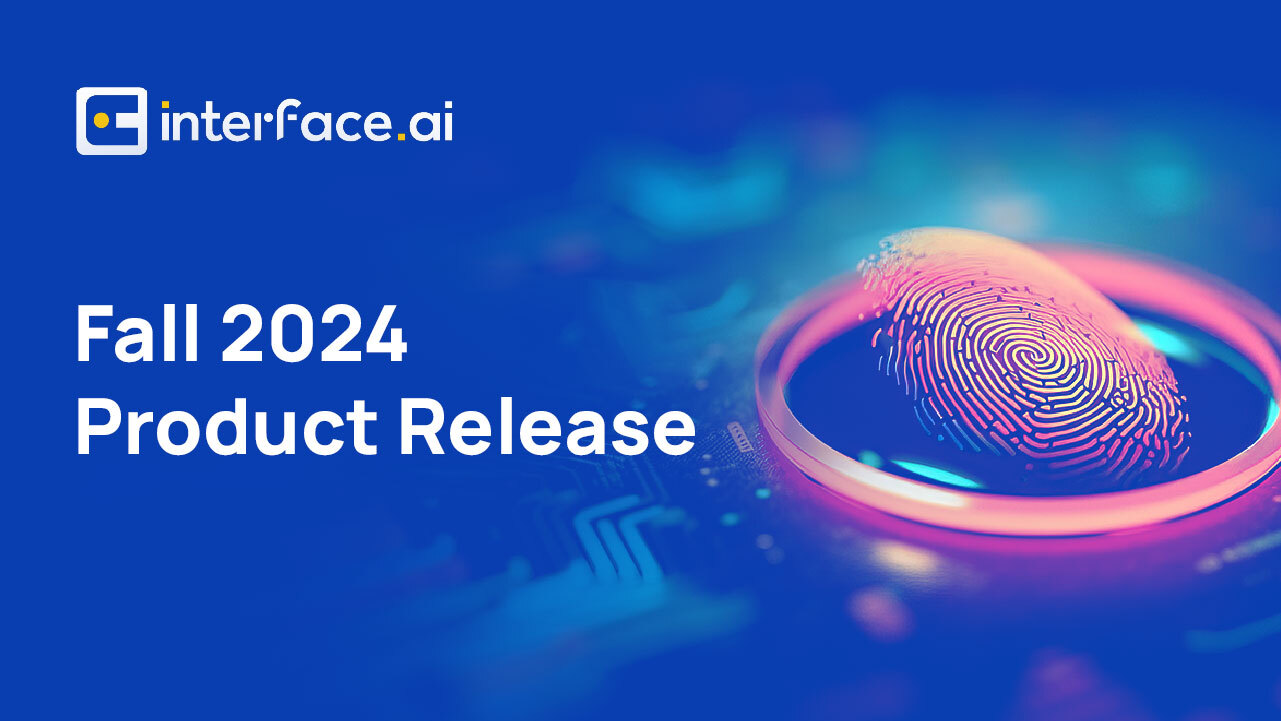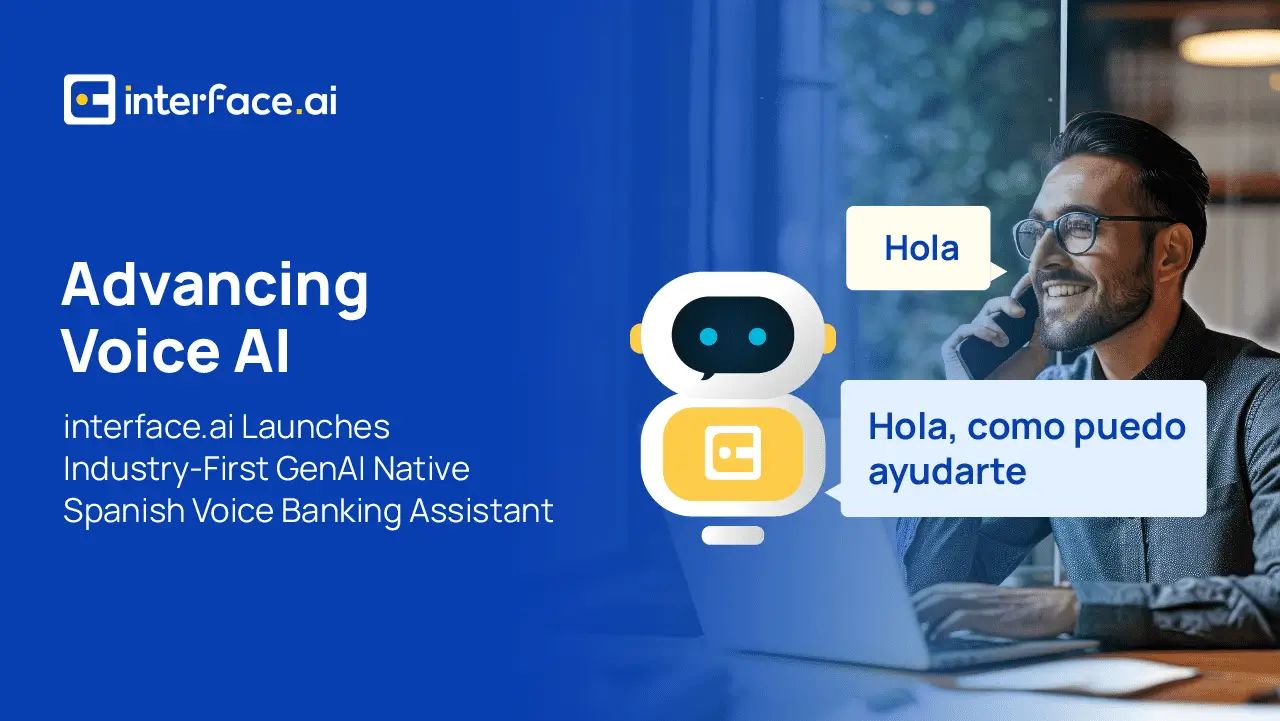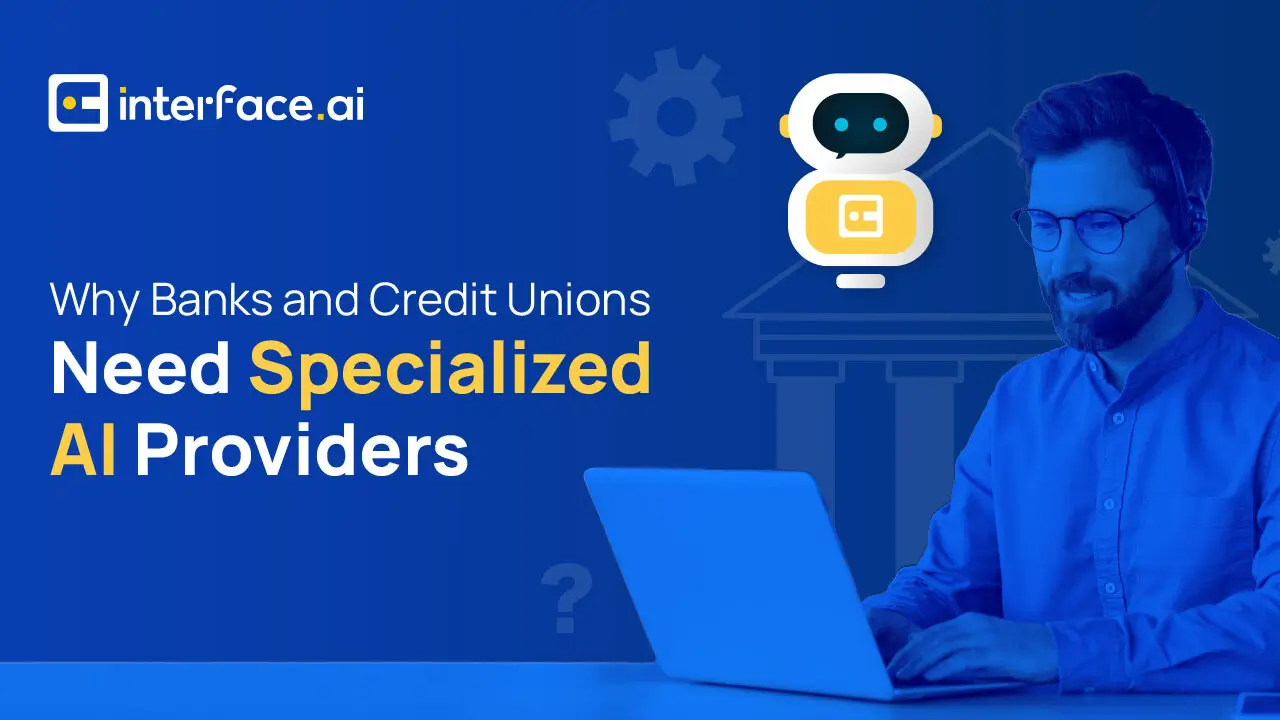
AI & Banking Fraud Detection: How Institutions Are Fighting Back in 2025
Fraudsters are evolving in financial services – but so are the defenses.
In 2025, the battle against banking fraud is more complex than ever. With cybercriminals using AI-powered tools to create deepfake identities, bypass security checks, and execute sophisticated scams, traditional fraud prevention methods are falling short.
Financial institutions are now facing an undeniable truth: the only way to effectively combat AI-powered fraud is with AI itself. Banks and credit unions are turning to AI as their strongest line of defense, and it’s working.
This blog will explore how AI in banking fraud detection works and why it’s become the most reliable line of defense against evolving financial crime.
See AI Fraud Prevention in Action — Watch the on-demand webinar with Dupaco Community Credit Union
The growing impact of AI in banking fraud detection
Fraudsters aren’t just evolving – they’re weaponizing AI to execute faster, more complex, and harder-to-detect attacks. From deepfake voice scams, to adaptive phishing attacks, AI has become a force multiplier, enabling large-scale fraud that bypasses traditional defenses.
The impact is staggering:
- Financial fraud costs the global economy an estimated $485 billion annually, with AI-driven scams fueling a significant share of these losses.
- Deepfake fraud is skyrocketing, with AuthenticID reporting 3.8 million deepfake attempts in 2024 – a staggering 210% increase from 2023.
- Synthetic identity fraud has become the fastest-growing form of digital fraud globally, according to TransUnion’s 2024 State of Omnichannel Fraud Report, as fraudsters use AI to craft entirely fake identities that bypass traditional verification methods.
Traditional fraud prevention systems simply can’t keep up with the speed, scale, and adaptability of AI-driven attacks. AI-driven fraudsters exploit weaknesses in outdated, rule-based systems, automating attacks and using deepfake technologies to bypass standard identity checks. Financial institutions need equally advanced tools that can think, learn, and react just as quickly.
That’s exactly why the likes of Todd Link, Chief Risk Officer at Dupaco Community Credit Union, insist that AI is no longer optional in banking fraud prevention – it’s essential.
“The only way we’re going to compete with AI fraudsters is to combat it with AI itself.” – Todd Link, Chief Risk Officer, Dupaco Community Credit Union
Why AI-based fraud detection is banking’s best defense
Fraudsters are using AI to outthink, outmaneuver, and outpace outdated fraud detection methods. Without AI-powered defenses, banks and credit unions risk falling behind – leaving themselves and their customers exposed.
Here are just some of the ways that AI is combatting banking fraud and why it’s the most effective defense against modern financial crime.
- Speed vs. speed: AI analyzes millions of data points in seconds, flagging suspicious behaviors in real time to stop fraud before damage occurs.
- Advanced pattern recognition: AI uncovers complex fraud tactics by connecting patterns across transactions, behaviors, and biometrics—spotting what humans and static rules can’t.
- Real-time anomaly detection: By learning individual customer behaviors, AI detects subtle anomalies—like unusual transactions or login locations—that signal fraud.
- Reducing false positives: AI’s contextual analysis minimizes false alarms, ensuring accurate fraud detection without disrupting legitimate customers.
- Predictive capabilities: AI anticipates future fraud threats using historical data, enabling preemptive action and keeping institutions ahead of evolving tactics.
Introducing interface.ai’s AI-powered fraud detection & prevention
While each of these defenses against fraud are valuable, to effectively counter sophisticated AI-driven attacks, financial institutions need more than just surface-level security – they need a multi-layered approach that strengthens defenses at every touchpoint. That’s exactly where interface.ai comes in.
interface.ai offers an industry-unique AI-powered mosaic approach to fraud prevention – a multi-layered strategy that combines AI call analysis, voice and device biometrics, and caller ID forensics to create a multi-dimensional shield against fraud. Together, these layers create a comprehensive authentication process that’s both rigorous and seamless for the end user.
Read more: Combating Deepfake Voice: interface.ai’s Pioneering AI Authentication Approach
This approach isn’t just theoretical – it’s already protecting financial institutions. Dupaco Community Credit Union partnered with interface.ai to strengthen its fraud prevention strategy, implementing the three-legged stool approach to caller authentication.
“With such advanced threats, any one security system can fail. But when you layer in five, six, or seven different solutions like interface.ai does, you are protected from this in the most secure way possible. And better still, we don’t need to purchase each tool and try to tie them together. interface.ai has created a cohesive security ecosystem that we can plug into, and that’s where the true value comes in.” – Todd Link, Chief Risk Officer, Dupaco Community Credit Union
Want to find out more about interface.ai’s AI-powered fraud detection and prevention approach? Hear directly from Dupaco Community Credit Union in this recorded conversation – the first interface.ai customer to adopt the three-legged stool approach and set the standard for fraud prevention in financial services.
Discover the Latest Insights on Interactive Intelligence for Banking Newsletter
Join the newsletter to receive the latest updates in your inbox.











